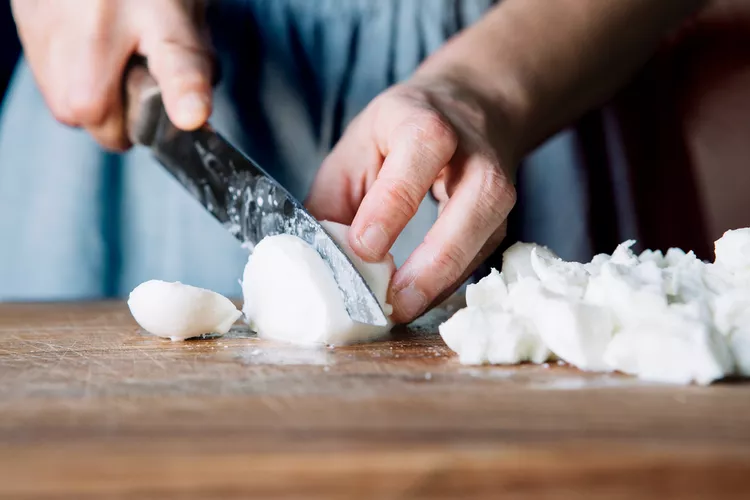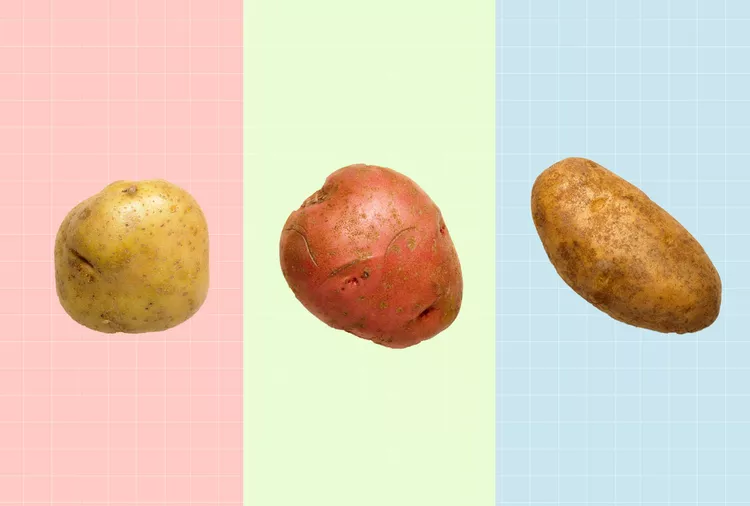A conch piercing is a bold and trendy ear modification, but it may be slightly more uncomfortable than other types of piercings due to the cartilage involved. However, with proper aftercare, any discomfort can be minimized, and the risk of infection can be greatly reduced. Before getting a conch piercing, it’s important to research and choose a trusted piercer to ensure the best results.
Contents
- 1 What is the Conch Piercing?
- 2 How is a Conch Piercing Done?
- 3 Does a Conch Piercing Hurt?
- 4 Can a Conch Piercing Relieve Pain?
- 5 Jewelry Options for Your Conch Piercing
- 6 How Long Does a Conch Piercing Take to Heal?
- 7 Aftercare for a Conch Piercing
- 8 Are There Any Risks?
- 9 When to See a Doctor
- 10 Conclusion
What is the Conch Piercing?

The conch is located in the inner cup of your ear and gets its name because of its resemblance to a conch shell. There are two areas to consider when getting pierced:
- Inner conch: Higher up, parallel to the daith (the cartilage fold above your ear canal).
- Outer conch: Located closer to the antihelix, the first ridge around your ear’s outer contour.
How is a Conch Piercing Done?
There are two common methods used for piercing the conch:
- Piercing needle: This is the most common technique. The piercer will clean the area, mark the spot, and use a needle to make the piercing. The entire procedure is quick, typically taking just a few minutes.
- Dermal punch: Used if you want larger jewelry, this method involves a small device that removes a small circle of cartilage.
Regardless of the technique used, the process typically includes several key steps:
- Cleaning: Your ear is cleaned thoroughly to prevent any infection.
- Marking: The piercer will mark the area where the piercing will go, allowing you to review and confirm the location.
- Piercing: After confirmation, the needle or dermal punch is used to create the piercing.
- Jewelry placement: The jewelry you’ve chosen is inserted into the piercing.
- Pressure application: To reduce bleeding, pressure may be applied for a few minutes.
- Final cleaning: The area is cleaned once more to remove any residual blood.
Does a Conch Piercing Hurt?
Pain varies from person to person, but a conch piercing tends to be more painful than those in the earlobe due to the thicker cartilage involved. Here’s a breakdown of the pain experience:
- During the procedure: Expect sharp pain and pressure, but it’s brief, lasting only a few seconds.
- Immediately after: Afterward, expect throbbing pain that can last several hours or days.
- During healing: Pain can persist for months, especially when cleaning or if you accidentally sleep on the piercing. If you had a dermal punch, the discomfort may last even longer.
If the pain worsens or becomes more intense after the procedure, it’s important to consult your piercer or a healthcare provider to check for signs of infection.
Can a Conch Piercing Relieve Pain?
Some people get conch piercings for the potential pain relief they provide. This idea stems from acupuncture, where stimulating certain points on the ear is believed to offer relief for conditions like migraines and chronic pain. Although some people report relief, there is limited scientific evidence to support these claims.
Jewelry Options for Your Conch Piercing
When it comes to jewelry for your conch piercing, there are several options:
- Bars: Often recommended for initial piercings, bars are longer posts with balls on both ends, allowing for swelling and ease of cleaning.
- Studs: Studs are another option but may not allow for much swelling, which can make them uncomfortable during the healing process.
- Hoops: Ideal for outer conch piercings, though they should be avoided in the early stages as they allow too much movement.
It’s also important to choose the right material to avoid irritation:
- Surgical stainless steel: Safe for most people but contains a small amount of nickel, which may not be ideal for those with severe nickel allergies.
- Titanium: A hypoallergenic option for sensitive skin, though more expensive.
- Solid gold (14 or 16 karat): A good choice, but make sure it’s not plated, as plating can cause irritation.
- Niobium: Another hypoallergenic metal that is more affordable than titanium.
How Long Does a Conch Piercing Take to Heal?
The healing process for a conch piercing is lengthy. Due to the thick, avascular cartilage, the healing time is longer than with other piercings:
- Needle piercings typically heal in 6 to 9 months.
- Dermal punch piercings can take up to a year or more to fully heal.
Aftercare for a Conch Piercing
Proper aftercare is essential to avoid complications. Here’s what you’ll need to do:
- Clean the piercing at least twice a day for 3 months.
- Always wash your hands thoroughly before touching the piercing.
- Use a saline solution or make your own by dissolving sea salt in distilled water.
- Perform a sea salt bath daily to soak the piercing for 3-5 minutes.
- Avoid rotating the jewelry, as this can irritate the piercing.
- Do not remove the jewelry until it’s completely healed or until your piercer gives the go-ahead.
- Avoid covering the piercing with headphones or hats during the healing period.
Are There Any Risks?
Like any piercing, conch piercings come with potential risks:
- Infection: Cartilage piercings have a higher risk of infection compared to earlobe piercings. Signs of infection include redness, swelling, yellow or green discharge, and fever.
- Swelling: Normal and expected after the piercing, but it should subside in a few days.
- Piercing bumps: These can include keloids, abscesses, or pimple-like bumps. If you experience any of these, consult a professional.
When to See a Doctor
Seek medical attention if you notice any signs of a serious infection such as fever, red streaks, or nausea. Prompt action can prevent complications.
Conclusion
A conch piercing may be more painful than other types of ear piercings, but with proper care and a reputable piercer, the healing process should go smoothly. If you’re considering a conch piercing, be sure to follow aftercare instructions diligently to avoid complications and enjoy your piercing for years to come!








